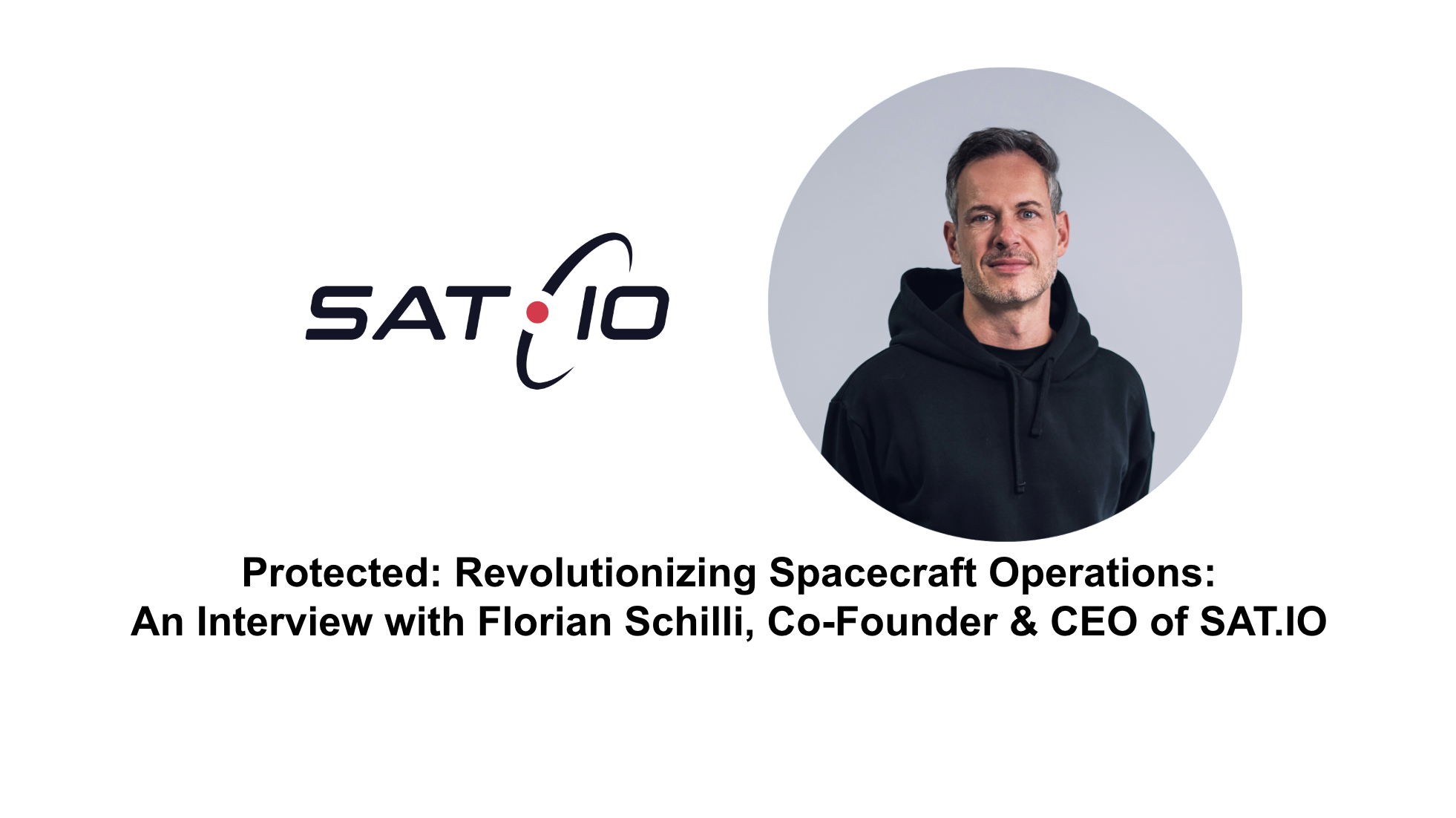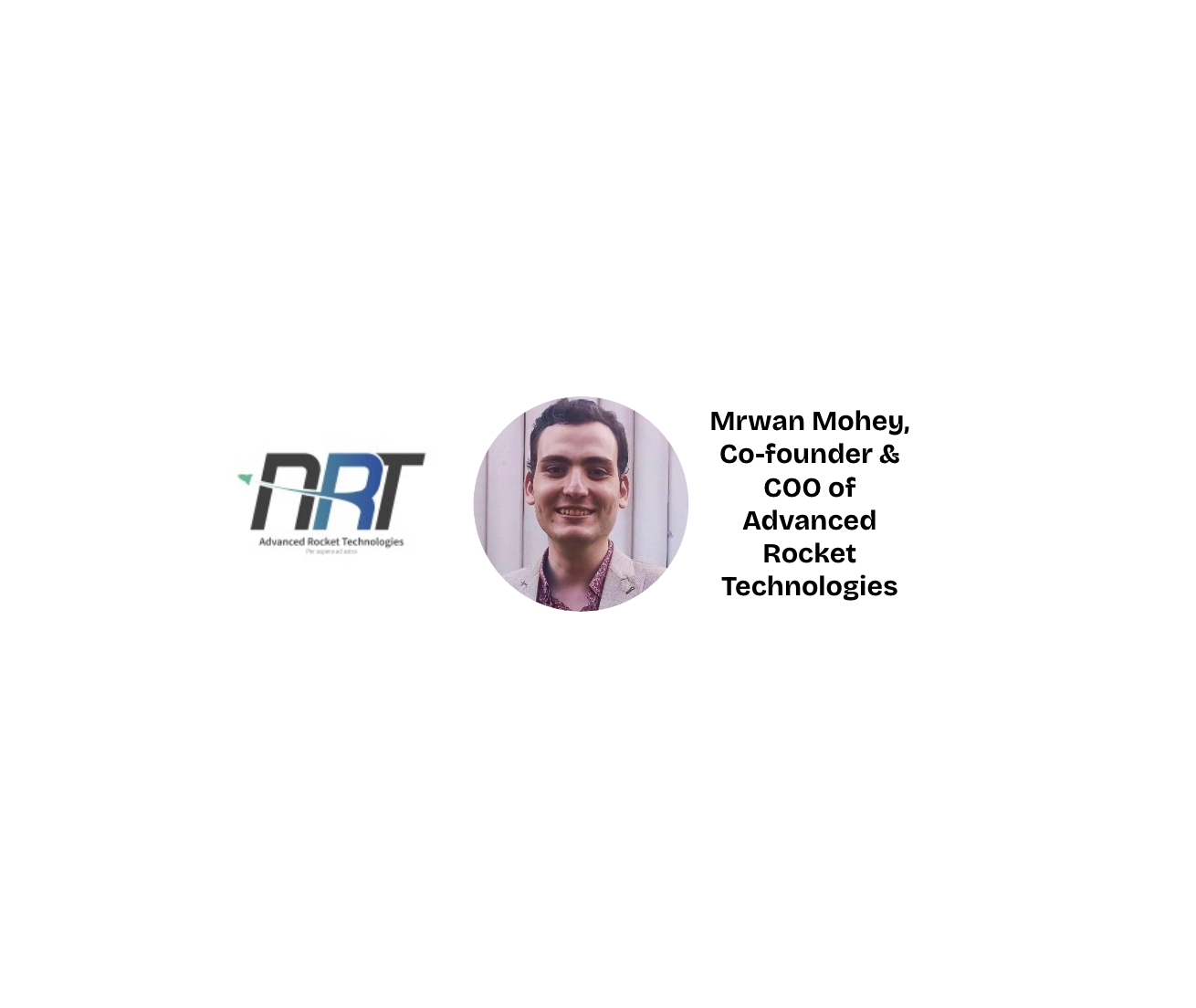
John M. Quinn is an entrepreneur and electrical engineer driving advancements in space exploration and sustainability. With a background in the US Navy’s Silent Service, he honed expertise in stealth warfare, systems assessment, and submarine technology. After earning his BSEE in 2002, John excelled in the power industry, leading innovations in engineering, Six Sigma TQM, cybersecurity, and AI-driven control systems. In 2014, he founded Exos Aerospace Systems, specializing in reusable space vehicles, building on submarine technologies developed during his naval career.
John’s ventures include J&T Management and Exos Aerospace entities worldwide. His initiatives, such as Exos SPACEedu and SPACEaid, inspire youth, advance biomedical research, and foster space-based innovation. A key milestone is Exos Aerospace’s 18% acquisition of Scorpius Space Launch Company, paving the way for full ownership in 2025. With a focus on reusable technologies and strategic growth, John is shaping a sustainable future for space exploration and empowering the next generation.
1. Long-term vision for the future of space exploration and the commercial space industry
Exos Aerospace envisions a future where space exploration is accessible, cost-effective, and scalable, enabling humanity to unlock new frontiers for research, commerce, and sustainability. The company aims to democratize space access through reusable rocket technologies, orbital transfer solutions, and global partnerships, fostering advancements that improve life on Earth while paving the way for deeper space exploration.

2. Differentiation in technology, cost-effectiveness, and sustainability
Exos Aerospace differentiates itself through:
- Technology: Exos is one of three in the US with a current FAA launch license for a demonstrated reusable rocket.
- Affiliated Technology- Our affiliate company Scorpius Space Launch Company (we own 18%) has it’s Type 5 tanks on the moon as of Feb 22, 2024.
- Cost-Effectiveness: Wet leasing options for allied Nations, and hardware-centric iterative designs reduce costs while maximizing learning.
- Sustainability: Lightweight, reusable systems with Carbon Composite Tanks and anintegral structural design reduces waste and promote efficient resource use.
3. Targeted market segments and applications
Exos Aerospace is targeting:
- Scientific Research: Suborbital launches for iterative experimentation and research.
- Educational Institutions: Wet leasing rockets for hands on operations learning while supporting space research payloads.
- Commercial Applications: Orbital transfer vehicles for satellite deployment and maintenance using environmentally friendly LOx Ethanol and LOx Methane fuels. .
- Government Contracts: DoD Prototype hypersonic reusable vehicles, RDRE testbed, and NASA REDDI contracts.

4. Technologies enabling reusable rocket technology
Exos Aerospace’s reusable rockets leverage:
- TRL9 components: Minimized risk through the use of tested, flight-ready technologies.
- Carbon Composite Tanks: Moon proven, lightweight, cryogenic-capable tanks improve payload efficiency and vehicle reusability.
- Advanced Design Processes: Hardware-based development cycles optimize iterations and reduce downtime.
5. Contribution of Carbon Composite Tanks to cost-effectiveness and sustainability
Carbon Composite Tanks are integral to Exos Aerospace’s competitive edge:
- Lightweight Design: Enables larger payloads, reduced launch costs and more revenue per flight.
- Cryogenic Capability: Supports advanced propulsion systems with environmentally conscious fuels.
- Room-Temperature Curing: Lowers manufacturing costs and energy use to make tanks and structure for rocket, satellites and Orbital Transfer vehicle and Space Tugs that are needed to clean up space.

6. Future innovations and technological advancements
Exos Aerospace is exploring:
- Hydrogen Storage: Potential joint ventures for aerospace and industrial applications.
- Type 5 Composite Tanks: Expanding their use into medical (O2 tanks that clip on your belt) and industrial markets.
- Mach TB 2.0 and NASA hypersonics Program support: Developing larger vehicles for DoD hypersonic and industry high speed point to point applications.
7. Primary revenue streams and scaling strategy
Exos Aerospace’s primary revenue streams include:
- Reusable Rockets: Applicatiosn to support research, hypersonic and DoD funded initiatives.
- Carbon Composite Tanks and Structures: For aerospace, space and industrial markets.
- Wet Leasing: Expanding access to educational and government institutions. Scaling involves targeting larger contracts, entering new markets (e.g., hydrogen storage technology licensing deals), and building partnerships with strategic investors.
8. Strategic partnerships and collaborations
The company is actively pursuing collaborations with:
- NASA REDDI- Working to raise funds for a 2025 NASA IDIQ qualification of the BLK3 vehicle.
- Scorpius Space Launch Corporation: We own 18% today and have an exclusive option until March 2025 to acquire the remaining 82% at the 2021 pre moon landing valuation.
9. Supply chain and manufacturing processes
Exos Aerospace ensures efficiency through:
- Vertical Integration: Reducing dependency on external suppliers.
- Innovative Manufacturing: Out-of-autoclave tank curing, integral tanks and vehicle designs to help streamline production.

10. Regulatory challenges and strategies
Key challenges include ITAR compliance and FAA licensing. Exos Aerospace addresses these by:
- Proactive Compliance: Custom ITAR policies and rigorous operational reviews.
- Close Coordination: Collaborating with regulatory bodies and serving on Space related regulatory advisory boards to craft the language for future legislation for our class of vehicles.

11. Funding strategy and securing growth capital
The funding strategy includes:
- Reg CF Campaign: Raising $5 million through StartEngine.
- Strategic Investors: Proposing SPVs and equity stakes to targeted partners like the Scorpius Space Launch Company acquisition.
- Venture Funding: Engaging with Space Fund and similar VCs for growth capital.
12. The future of the commercial space industry and opportunities
The commercial space industry is poised for exponential growth with the advent of satellite mega-constellations, lunar exploration, and space tourism. Exos Aerospace plans to capitalize on:
- Reusable Technologies: Increasing frequency and increasing access space for research..
- Global Expansion: Wet leasing vehicles to emerging space markets to help ignite the passion and enable space evolution in your country.
- Support for Early-Stage Innovations: Offering platform space for nascent technologies to scale.
This positions Exos Aerospace as a key enabler in the rapidly evolving space economy.

Alex Cresniov, Founder of SpaceTech in Gulf
About the author: Passionate in the Space industry with significant expertise in Policy Making, Global Socio-Economic Assessments, and DeepTech Analytics.
Email: alexei@spacetech-gulf.com









